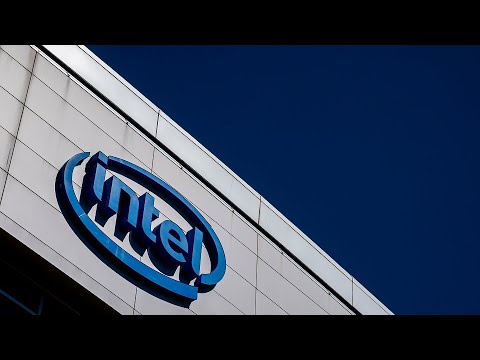Intel is being hailed as the “comeback kid” in the semiconductor industry, bolstered by significant backing from Nvidia and the U.S. government, which is helping the company overcome past challenges and position itself competitively amid new industry dynamics. Potential partnerships with major players like Apple, alongside government support, create a strategic opportunity for Intel to regain its edge and thrive in a landscape increasingly influenced by geopolitical considerations.
Intel is being described as the “comeback kid” in the semiconductor industry, largely due to new backing from major players like Nvidia and support from the U.S. government. This financial and strategic support is seen as crucial for Intel to overcome its past challenges and innovate effectively. The involvement of Nvidia as a backer is particularly significant, signaling confidence in Intel’s potential to regain its competitive edge.
The U.S. government’s role in supporting Intel is highlighted as a key factor in the company’s resurgence. This backing not only provides Intel with necessary resources but also positions the company favorably within the broader tech ecosystem. Partnerships with big tech companies, including the possibility of Apple collaborating with Intel, are now more feasible. Such alliances could help Intel strengthen its position in the industry, especially in critical technology hubs like the “two or two” area code, which likely refers to a strategic geographic or market segment.
There is a recognition that the current landscape is shaped by new rules where government involvement in the tech sector is more pronounced. This shift means that the government is effectively picking winners and losers, which can be uncomfortable but is seen as necessary given the competitive pressures from China. Intel, once considered a laggard, is now benefiting from this approach, gaining support that might not have been possible without government intervention during the Trump administration.
Big tech companies are adapting to these new dynamics, with Intel positioned on the positive side of this change. The company’s ability to execute on its plans will be critical to its success moving forward. The support from Nvidia, potential deals with Apple, and government backing create a unique opportunity for Intel to redefine its role in the semiconductor industry and compete more effectively on a global scale.
Regarding Apple, there is speculation that Tim Cook might consider partnering with Intel, not just for strategic business reasons but also to maintain favorable relations with the U.S. government. Apple’s recent shift from a defensive to an offensive stance in the market, coupled with legal developments like the DOJ’s win for Google, provides the company with more flexibility in its partnerships. If Intel reaches out, it is suggested that Apple would seriously consider the opportunity, reflecting the evolving nature of tech industry alliances.
